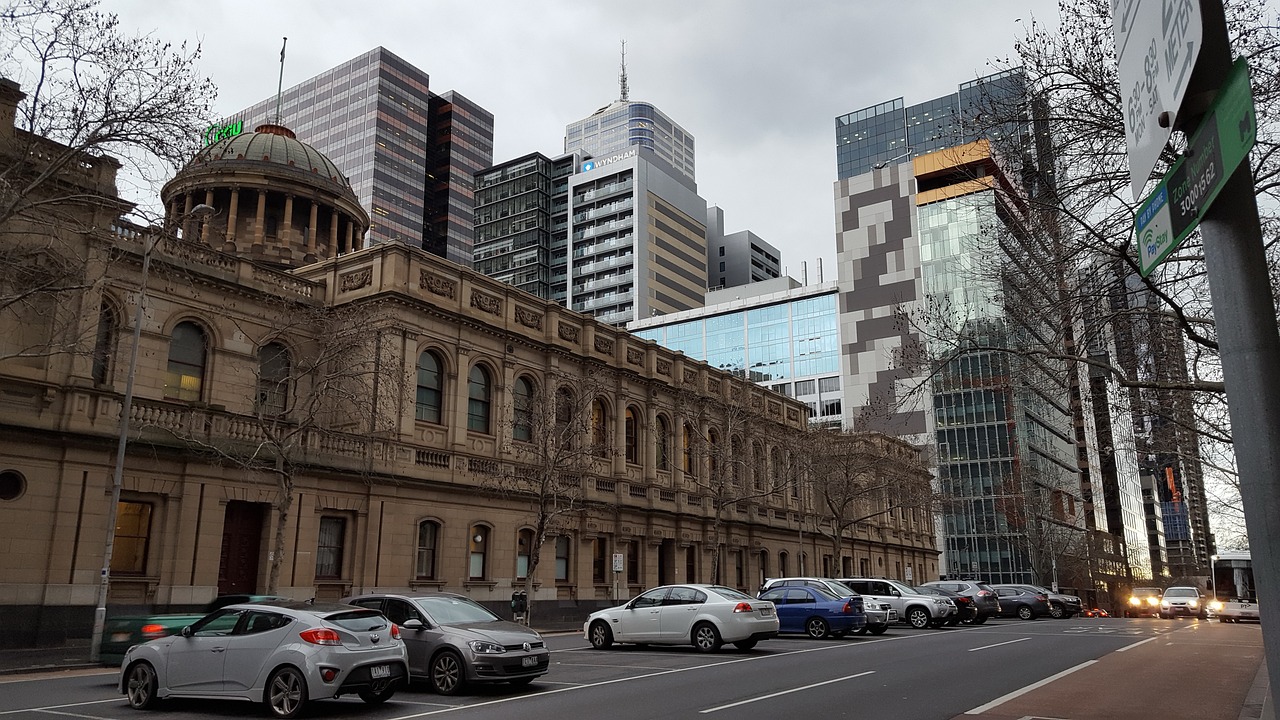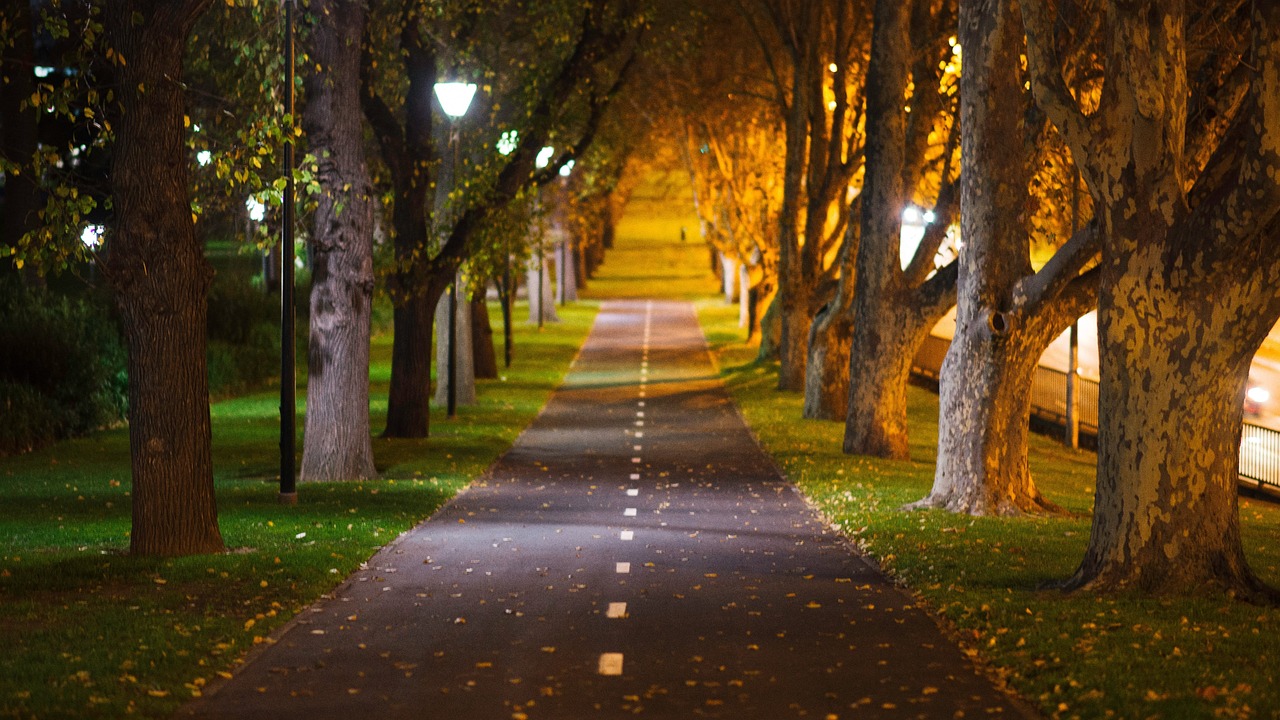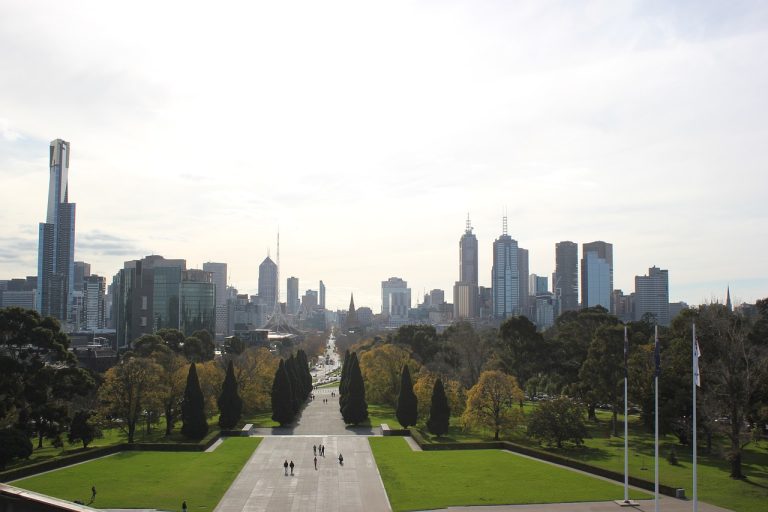Melbourne Australia Video
Royal Exhibition Building
The Royal Exhibition Building is a UNESCO World Heritage-listed building located in Melbourne, Australia. Built in 1880, it is one of the oldest exhibition pavilions in the world. The building was designed by Joseph Reed in the Italian Renaissance style and features a magnificent dome. It has been a venue for various exhibitions, including the 1880 Melbourne International Exhibition and the 1956 Summer Olympics. The Royal Exhibition Building is an iconic symbol of Melbourne’s cultural heritage.
- Significance: The Royal Exhibition Building is an important architectural landmark in Melbourne.
- Architecture: The building showcases Italian Renaissance architecture with its grand dome and ornate detailing.
- Events: The Royal Exhibition Building has hosted numerous exhibitions, trade shows, and cultural events.
The building is a testament to the city’s rich history and cultural significance.
Visitors can admire the intricate carvings and elegant design elements throughout the building.
It continues to be a popular venue for showcasing art, design, and innovation.
Flinders Street Station
Flinders Street Station is an iconic railway station located in the heart of Melbourne. It is the busiest railway station in the Southern Hemisphere and serves as a major transportation hub for the city. The station was built in 1910 and features a distinctive yellow facade and a prominent clock tower. It is a popular meeting point and a symbol of Melbourne’s architectural heritage.
- Heritage: Flinders Street Station is listed on the Victorian Heritage Register and is a significant heritage site.
- Architecture: The station showcases Victorian architecture with its grand arched entrance and intricate detailing.
- Transportation: Flinders Street Station is a major transportation hub, connecting various train lines and tram routes.
It represents the city’s rich architectural history and is a popular tourist attraction.
Visitors can admire the blend of classical and Gothic Revival architectural elements.
It is a bustling hub of activity, with commuters and tourists passing through its grand concourse.
Melbourne Australia Image 1:

Eureka Tower
The Eureka Tower is a prominent skyscraper located in the Southbank precinct of Melbourne. Standing at a height of 297 meters, it is the tallest residential building in Australia and the second-tallest in the Southern Hemisphere. Completed in 2006, the tower was designed by Fender Katsalidis Architects and features a gold-plated glass crown. It offers breathtaking views of the city from its observation deck, known as the Eureka Skydeck.
- Landmark: The Eureka Tower is a prominent landmark in Melbourne’s skyline.
- Height: The tower’s impressive height makes it a standout feature in Melbourne’s architectural landscape.
- Residential: The Eureka Tower is primarily a residential building, offering luxury apartments with stunning views.
Its distinctive gold crown has become an iconic symbol of the city.
Visitors can enjoy panoramic views of the city and beyond from the Eureka Skydeck.
It has become a prestigious address for those seeking a high-rise living experience.
Federation Square
Federation Square is a cultural and entertainment precinct located in the heart of Melbourne. It was built to commemorate the centenary of Australia’s federation in 2001. The square is home to numerous cultural institutions, including the Ian Potter Centre: NGV Australia and the Australian Centre for the Moving Image. It is known for its unique architectural design, featuring a mix of modern and contemporary styles.
- Cultural Hub: Federation Square is a vibrant cultural hub, hosting various events, exhibitions, and festivals.
- Architectural Design: The square’s design is characterized by its bold and unconventional architecture.
- Cultural Institutions: Federation Square houses several cultural institutions that celebrate Australian art and film.
It is a gathering place for locals and tourists, offering a range of cultural experiences.
The juxtaposition of different architectural styles creates an interesting visual appeal.
Visitors can explore the galleries, watch movies, and immerse themselves in the local arts scene.
Melbourne Australia Image 2:

Melbourne Cricket Ground
The Melbourne Cricket Ground (MCG) is a world-renowned sports stadium located in Yarra Park, Melbourne. It is the largest stadium in Australia and one of the largest in the world, with a seating capacity of over 100,000. The MCG is primarily used for Australian Rules football and cricket matches, including the prestigious Boxing Day Test match. It is an iconic venue that has witnessed many historic sporting moments.
- Sporting Legacy: The MCG has a rich sporting legacy and is considered the spiritual home of Australian Rules football.
- Architecture: The stadium’s architecture combines modern facilities with the historic Members’ Stand.
- Events: Apart from sports events, the MCG also hosts concerts and other large-scale events.
It has hosted numerous memorable matches and grand finals.
Visitors can admire the impressive stands and the iconic light towers.
It has welcomed renowned artists and musicians from around the world.
National Gallery of Victoria
The National Gallery of Victoria (NGV) is the oldest public art gallery in Australia. It is located in the heart of Melbourne and houses a vast collection of artworks spanning various periods and styles. The NGV features both Australian and international art, including paintings, sculptures, decorative arts, and contemporary installations. It is a cultural institution that promotes art appreciation and education.
- Art Collection: The NGV boasts an extensive collection of artworks, including pieces by renowned artists.
- Exhibitions: The gallery hosts temporary exhibitions, showcasing both local and international artists.
- Education and Engagement: The NGV offers educational programs, workshops, and guided tours for visitors of all ages.
Visitors can explore different art movements and styles throughout history.
It provides a platform for emerging artists and promotes artistic diversity.
It aims to foster a deeper understanding and appreciation of art.
Melbourne Australia Image 3:

State Library Victoria
The State Library Victoria is a historic library located in Melbourne’s central business district. Established in 1854, it is the oldest public library in Australia and serves as a valuable resource for research and learning. The library’s architectural design is a blend of classical and contemporary styles, showcasing beautiful heritage spaces and modern additions. It is a cultural institution that preserves and provides access to a vast collection of books, manuscripts, and artworks.
- Historic Significance: The State Library Victoria is a significant cultural institution with a rich history.
- Architectural Design: The library’s architecture combines the grandeur of the original 19th-century building with modern extensions.
- Collections: The library houses an extensive collection of books, manuscripts, maps, and artworks.
It has played a pivotal role in preserving and promoting knowledge.
Visitors can explore the heritage reading rooms and the contemporary spaces.
Researchers and book lovers can delve into a wide range of subjects and topics.
Shrine of Remembrance
The Shrine of Remembrance is a war memorial located in Kings Domain, Melbourne. It was built to honor the men and women of Victoria who served in World War I and subsequent conflicts. The shrine’s design is inspired by classical architecture, with a central sanctuary and a striking cenotaph. It serves as a place of reflection and remembrance, offering panoramic views of the city from its balcony.
- War Memorial: The Shrine of Remembrance is a solemn tribute to the sacrifices made by servicemen and women.
- Architectural Design: The shrine’s design draws inspiration from ancient Greek and Roman architecture.
- Panoramic Views: The shrine’s balcony offers panoramic views of Melbourne’s skyline.
It provides a space for commemoration and reflection.
Visitors can appreciate the grandeur of the structure and its symbolic elements.
It is a serene spot to contemplate and appreciate the city’s beauty.
Melbourne Museum
The Melbourne Museum is a leading cultural institution dedicated to showcasing natural and cultural heritage. Located in Carlton Gardens, it is the largest museum in the Southern Hemisphere. The museum features a diverse range of exhibitions, including interactive displays, artifacts, and multimedia presentations. It covers various topics such as indigenous culture, Australian history, science, and the environment.
- Cultural and Natural History: The Melbourne Museum offers insights into the cultural and natural heritage of Australia.
- Interactive Exhibitions: The museum provides interactive exhibits and immersive experiences.
- Education and Research: The museum supports educational programs and conducts research in various fields.
Visitors can explore the rich diversity of the country’s history and environment.
It engages visitors of all ages and encourages hands-on learning.
It is a hub for learning, discovery, and conservation.
Conclusion
Melbourne, Australia, is a city renowned for its architectural wonders. From the historic Royal Exhibition Building and Flinders Street Station to modern marvels like the Eureka Tower, the city showcases a diverse range of architectural styles. Federation Square, the Melbourne Cricket Ground, and cultural institutions like the National Gallery of Victoria and State Library Victoria further contribute to Melbourne’s vibrant cultural scene. The Shrine of Remembrance, Melbourne Museum, and other significant landmarks enrich the city’s heritage and provide spaces for reflection and education.
References
- royalexhibitionbuilding.com.au
- heritage.vic.gov.au
- eurekaskydeck.com.au
- fedsquare.com
- mcg.org.au
- ngv.melbourne
- slv.vic.gov.au
- shrine.org.au
- museumsvictoria.com.au







